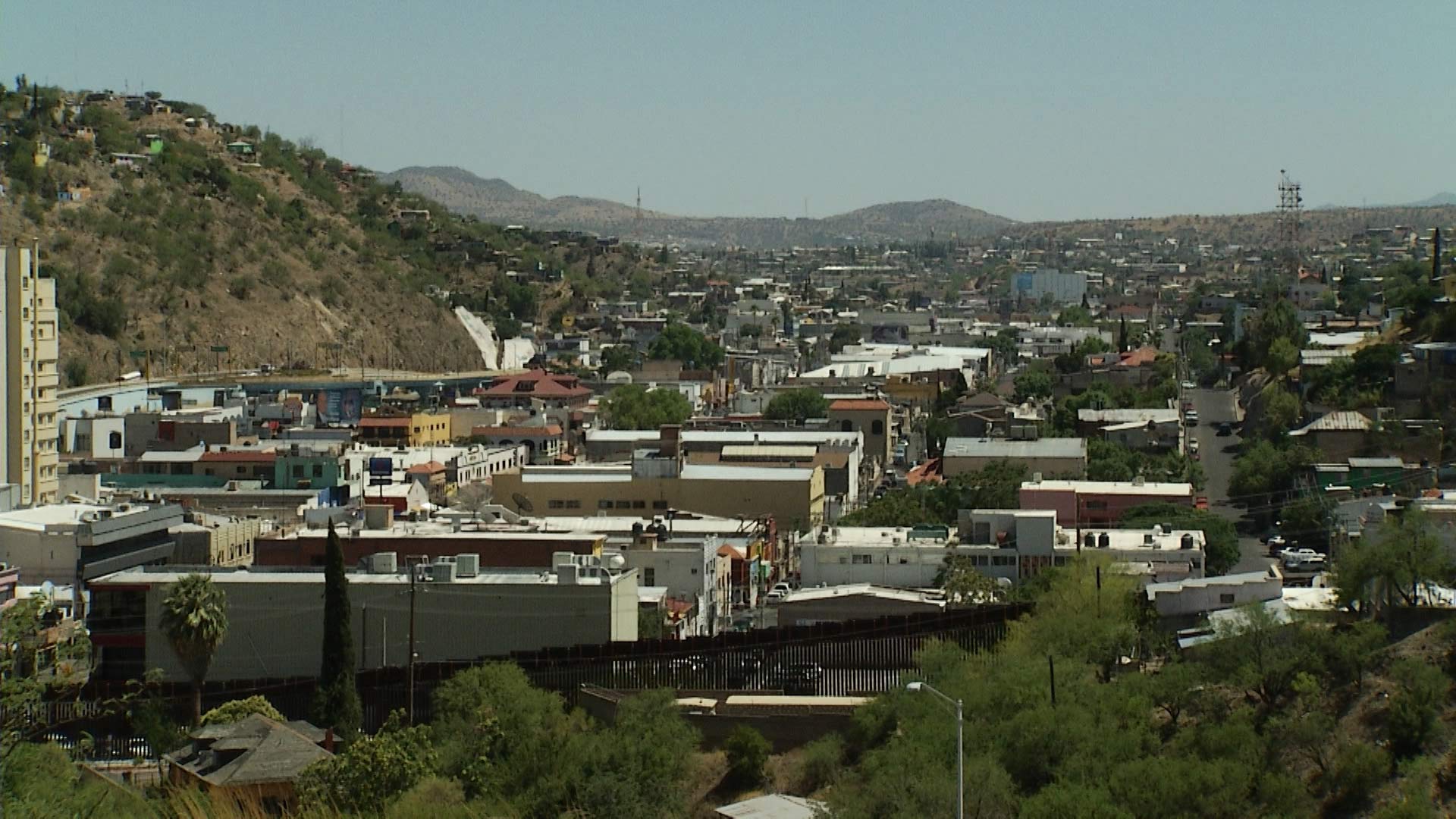 The fence demarcating the division between Nogales, Arizona, and Nogales, Sonora.
The fence demarcating the division between Nogales, Arizona, and Nogales, Sonora.
Today, in Hermosillo, Sonora, Arizona Governor Katie Hobbs and neighboring Governor of Sonora Alfonso Durazo signed a Memorandum of Understanding (MOU) for the 2023-2027 Arizona-Sonora Environmental Strategic Plan (ASESP).
This agreement, established between Arizona Department of Environmental Quality (ADEQ) and Game and Fish Department (AZGFD) and Sonora’s Ecology and Sustainable Development Commission (CEDES) and Water Commission (CEA), outlines a shared approach to environmental issues impacting air, water, waste and wildlife that do not conform to political boundaries along the 362-mile Arizona-Sonora border.
The plan emphasizes collaboration between federal and binational agencies to achieve sustainable solutions.
The ASESP has been in development over the past couple of years, incorporating input from local municipalities, NGOs and residents on both sides of the border, said Amanda Stone, deputy director at the Arizona Department of Environmental Quality (ADEQ).
“A large portion of the strategic plan is building on activities that have already been underway,” Stone noted, adding that this is Arizona’s second joint plan with Sonora.
Key elements of the ASESP include educational programs and community engagement around 14 priorities identified in the plan.
“We think it’ll provide more opportunity for people that are living on the border to be more involved in protecting and enhancing the environment and where they live,” Stone said.
The plan prioritizes binational resource allocation to critical environmental issues including air and water quality and waste and wildlife management.
To improve binational air quality, the team aims to conduct a comprehensive inventory of border emissions to better understand pollution sources– a step Stone says hasn’t been done in the border megaregion for some time.
“With all of the growth in the area we feel it’s important to have a contemporary and complete understanding of where emissions are being generated and what pollutants are being emitted,” Stone said.
Once the data is collected, action plans will follow.
Stone highlighted periodic emissions coming from the burning of solid waste in Naco as an example, where understanding these emissions could lead to preventative measures.
Water quality efforts will focus on the industrially growing community in Nogales, Sonora, aiming to improve pre-treatment and reuse of industrial wastewater to eliminate heavy metals from reaching the wastewater system plant Rio Rico, Arizona.
Projects will also target stormwater runoff, which carries sediment and solid waste across the border by enhancing existing infrastructure to minimize flood impacts and waste pollution.
A holistic approach to waste management could co-locate facilities where solid waste is developed next to facilities that reuse solid waste.
Efforts to protect wildlife were already underway between AZGFD and its counterparts in Sonora.
Francisco Abarca, international and borderlands program manager, says that Arizona and Sonora share many natural habitats, ecosystems, rivers and species of common conservation concern.
“We have to look at the big picture, the ecological boundaries and how we can help to improve the natural habitats and the natural populations of these very important species,” Abarca said.
The ASESP builds on existing Sonoran pronghorn binational recovery, wildlife inventory and masked bobwhite reintroduction in Sonora.
“Wildlife and environmental issues don’t recognize the international border and so we have to continue to work together to focus our collective resources on the highest benefit to both states,” Stone added.
ADEQ is also developing an environmental justice tool to help direct resources towards communities that would benefit from improved communication and engagement in decision making.
Collaboration with Arizona's Department of Health Services and the Environmental Protection Agency also plays a role in these initiatives.
This is the second Arizona-Sonora plan that builds on the 2017-2021 plan, in which a total of $1.15 million of federal funding supported 19 environmental projects along the border.
Today’s MOU signing also marks the first Arizona-Mexico Commission meeting since 2019.
Governor Hobbs is leading an Arizona delegation that includes leaders from key departments such as water resources, public safety, tourism, health services, real estate, agriculture and the Governor’s Office of Youth, Faith and Family.

By submitting your comments, you hereby give AZPM the right to post your comments and potentially use them in any other form of media operated by this institution.